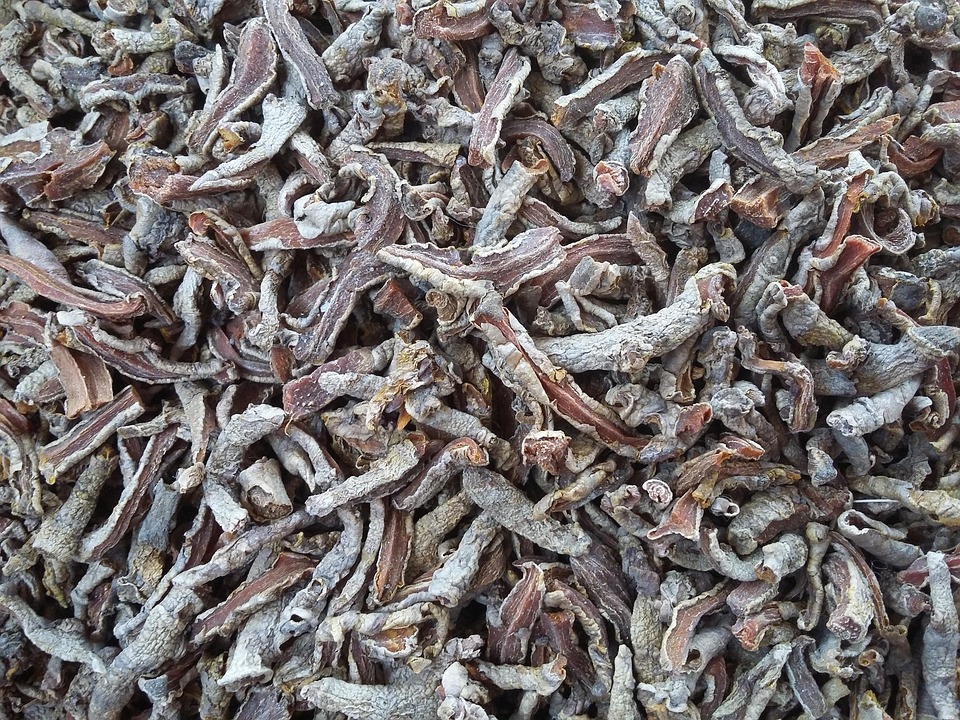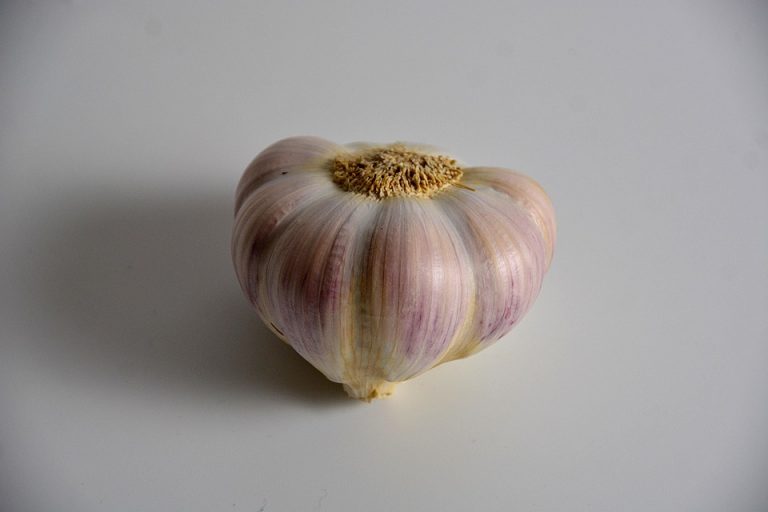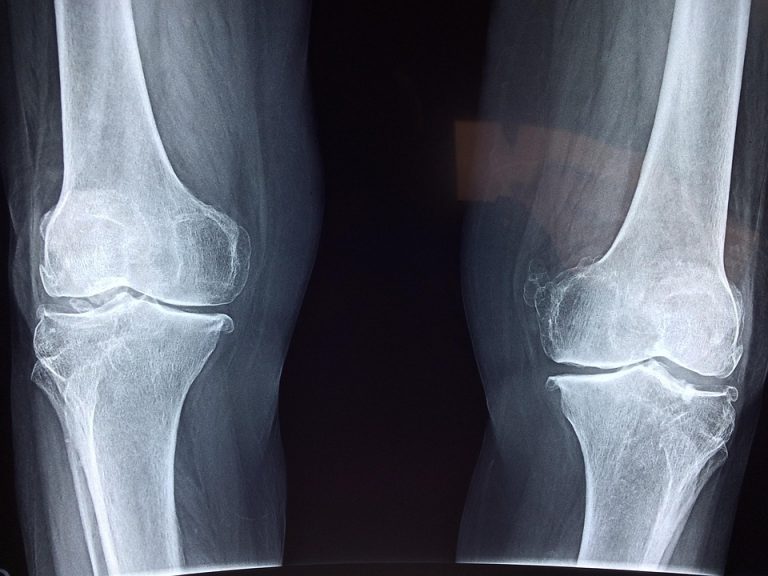Contents
- Turmeric for Bones: What It Is And Why It Matters To You
- 7 Ways Turmeric For Bones Boosts Strength
- 1. Reduces Chronic Inflammation That Eats Away At Bone
- 2. Protects Against Oxidative Stress That Weakens Bone
- 3. Encourages Bone-Building Cells To Work Smarter
- 4. Slows Down Bone-Breaking Cells
- 5. Helps With Pain And Mobility So You Stay Active
- 6. Works With Vitamin D And Calcium To Support Mineralization
- 7. Speeds Recovery And Supports Fracture Healing
- How To Use Turmeric For Bones: Practical, Clear Steps
- Real-World Examples And Evidence
- Tips To Make Turmeric Part Of Your Life
- Bottom Line
- FAQ
Turmeric for Bones: What It Is And Why It Matters To You
Turmeric for bones is the practice of using turmeric—or its active compound curcumin—to support bone strength, reduce pain, and protect against age-related bone loss. It matters because your bones are not just scaffolding; they are living tissue that respond to inflammation, hormones, and what you eat. If your joints ache, or if you’re worried about osteoporosis in your family, this conversation is for your body and your life.
I’ve spent years watching women take small, smart actions and reclaim movement. Turmeric isn’t a miracle, but it’s one of the sharpest, easiest tools in your kitchen and medicine cabinet. Below I walk you through seven clear, science-backed ways turmeric for bones can boost strength—and how to use it safely and effectively.
7 Ways Turmeric For Bones Boosts Strength
1. Reduces Chronic Inflammation That Eats Away At Bone
Inflammation is a quiet thief. It accelerates bone breakdown when it lingers. Curcumin, the active ingredient in turmeric, is a powerful anti-inflammatory compound that helps shut down pathways that damage bone. Clinical studies show curcumin can lower markers of inflammation, which translates into less bone resorption and healthier bone remodeling.
Think of turmeric for bones like closing the faucet that’s been slowly draining your bone density. Lower inflammation, more stable bone over time.
2. Protects Against Oxidative Stress That Weakens Bone
Oxidative stress corrodes cells—including the cells that build bone. Turmeric’s antioxidant action helps neutralize those free radicals. Lab and animal research demonstrates curcumin’s ability to shield bone-forming cells from oxidative damage, preserving their function.
When you use turmeric for bones, you’re not only calming fire; you’re also putting up a shield against the tiny attacks that add up across years.
3. Encourages Bone-Building Cells To Work Smarter
Your bones are rebuilt constantly by osteoblasts. Curcumin has been shown to stimulate signaling that encourages these builders to lay down bone. In simple terms: turmeric for bones can help your bone-forming cells get to work.
This isn’t hocus-pocus. Research suggests curcumin augments pathways that favor bone formation, and that’s real leverage if you want stronger hips and a steadier spine.
4. Slows Down Bone-Breaking Cells
On the other side of the ledger are osteoclasts—the cells that break bone down. Excessive activity here leads to net bone loss. Curcumin has been observed to inhibit osteoclast formation and activity, tilting the balance back toward maintenance and growth.
Use turmeric for bones to quiet the overactive demolition crew and keep the builders in charge.
5. Helps With Pain And Mobility So You Stay Active
Pain stops people from moving, and lack of movement is a surefire path to weaker bones. Turmeric has analgesic properties that reduce joint pain and stiffness. Clinical trials and patient reports often show reduced pain with curcumin supplementation—sometimes comparable to standard pain meds but with fewer side effects.
When turmeric for bones eases your pain, it’s not just comfort. It’s a practical way to keep you walking, lifting, and living fully—activities that feed bone strength.
6. Works With Vitamin D And Calcium To Support Mineralization
Bones need minerals and hormones to mineralize properly. Turmeric doesn’t replace calcium or vitamin D, but curcumin can enhance the environment that lets these nutrients do their job. Some studies show curcumin improves markers associated with bone mineralization when paired with proper nutrition and vitamin D.
If you combine smart nutrition with turmeric for bones, you’re giving your skeleton the materials and the supportive chemistry to mineralize well.
7. Speeds Recovery And Supports Fracture Healing
Healing after a fracture demands coordinated inflammation, cell proliferation, and remodeling. Research in animals and preliminary human data suggest curcumin can support the healing phases—reducing harmful inflammation while supporting new bone formation.
Using turmeric for bones during recovery can be a gentle nudge toward faster, cleaner repair—but always under your doctor’s guidance if you’re recovering from a break.
How To Use Turmeric For Bones: Practical, Clear Steps
Use turmeric in food first. Golden milk, curries, soups, and smoothies make it easy. Food-based turmeric matters because it’s sustainable and safe for daily use.
If you want a therapeutic dose, choose a curcumin supplement that uses piperine (black pepper extract) or a bioavailable form like a liposomal or phytosome complex. Piperine dramatically increases absorption, so smaller doses go further.
A practical approach:
– Start with 1 teaspoon of turmeric powder in a daily recipe or 500–1,000 mg of a bioavailable curcumin supplement per day for short courses.
– Pair it with a source of fat—curcumin is fat-soluble—and a pinch of black pepper.
– Talk to your clinician before starting if you take blood thinners, diabetes meds, or have gallbladder issues.
Remember: turmeric for bones works best as part of a bigger plan—strength training, weight-bearing exercise, adequate protein, vitamin D, and calcium.
Safety, Interactions, And Who Should Be Cautious
Turmeric is safe for most people when used in food amounts. Higher supplemental doses deserve caution. Curcumin can interact with anticoagulant medications, affect blood sugar control, and in rare cases cause stomach upset.
If you’re on warfarin, taking high-dose turmeric for bones without medical oversight is unwise. Pregnant or breastfeeding women should consult their provider before using concentrated curcumin supplements.
Choosing The Right Supplement
Not all bottles are created equal. Look for:
– Clear labeling of curcumin content.
– A bioavailability booster such as piperine, phytosome, or liposomal delivery.
– Third-party testing for purity and contaminants.
Quality matters because you want a product that delivers curcumin where it can help your bones—not a cheap filler.
Real-World Examples And Evidence
I talk to women who report real differences: less grinding in the knees, more confident steps, better sleep because the pain eased. That anecdote pairs with evidence. Harvard Health, the Arthritis Foundation, and multiple peer-reviewed studies discuss curcumin’s anti-inflammatory and antioxidant effects on joint and bone health. Animal studies and early human trials suggest benefits for bone density and fracture healing.
If you want a direct dive into the science, reputable summaries and clinical studies from government and university medical centers are available online and are worth your time.
Tips To Make Turmeric Part Of Your Life
– Cook with turmeric daily: soups, eggs, rice, roasted vegetables.
– Make golden milk: warm milk, turmeric, a pinch of black pepper, and a little honey.
– Use a quality supplement for targeted support when needed.
– Pair turmeric for bones with weight-bearing exercise—walking, resistance training, yoga.
– Check vitamin D status and get calcium-rich foods on your plate.
Small consistent habits beat magical one-time fixes. Use turmeric for bones like a daily handshake with your health—friendly, firm, and dependable.
Bottom Line
Turmeric for bones isn’t a promise of perfection. It’s a smart, evidence-backed strategy that reduces inflammation, protects bone cells, supports healing, and helps you stay active—what your skeleton needs to stay strong. Use culinary turmeric every day, add a researched supplement if you need therapeutic levels, and always coordinate with your clinician if you have medical conditions or take medications.
Be practical. Be consistent. Put turmeric to work for your bones and you’ll feel the difference in movement, strength, and confidence.
Bold action helps. Start with one small recipe this week, and let that small step lead to stronger bones next year.
FAQ
Is turmeric the same as curcumin?
Turmeric is the whole spice, and curcumin is the active compound inside it. Turmeric contains curcumin plus other helpful compounds. When people discuss turmeric for bones in a therapeutic sense, they often mean curcumin because it’s the most studied ingredient.
How much turmeric or curcumin should I take?
Food amounts are safe every day. For supplements, many studies use 500–1,000 mg of curcumin extract daily, often combined with piperine. Talk to your doctor to tailor dose and timing based on your health and medications.
Can turmeric replace calcium or vitamin D?
No. Turmeric for bones complements calcium and vitamin D; it doesn’t replace them. Think of curcumin as the support crew that helps the materials and hormones do their jobs.
How soon will I notice benefits?
Some people feel pain relief in a few days to weeks; changes in bone density take months to years. Use turmeric as part of a long-term plan—consistency matters.
Any long-term risks?
Long-term use of culinary turmeric is generally safe. High-dose curcumin supplements should be monitored by your clinician because of potential interactions and rare side effects.
— — —
References
The National Institutes of Health offers a comprehensive PubMed Central article discussing curcumin’s effects on inflammation and bone health (http://www.ncbi.nlm.nih.gov/pmc/articles/PMC5664031/).
Harvard Health Publishing provides an in-depth overview of curcumin and what the research says about its benefits and limitations (http://www.health.harvard.edu/staying-healthy/curcumin).
The Arthritis Foundation explains practical uses of turmeric for joint health and pain relief and includes guidance on supplements and interactions (http://www.arthritis.org/health-wellness/healthy-living/nutrition/anti-inflammatory/benefits-of-turmeric).
The Mayo Clinic reviews turmeric, curcumin supplements, their uses, and safety concerns for people with chronic conditions (http://www.mayoclinic.org/drugs-supplements-turmeric/art-20313911).








